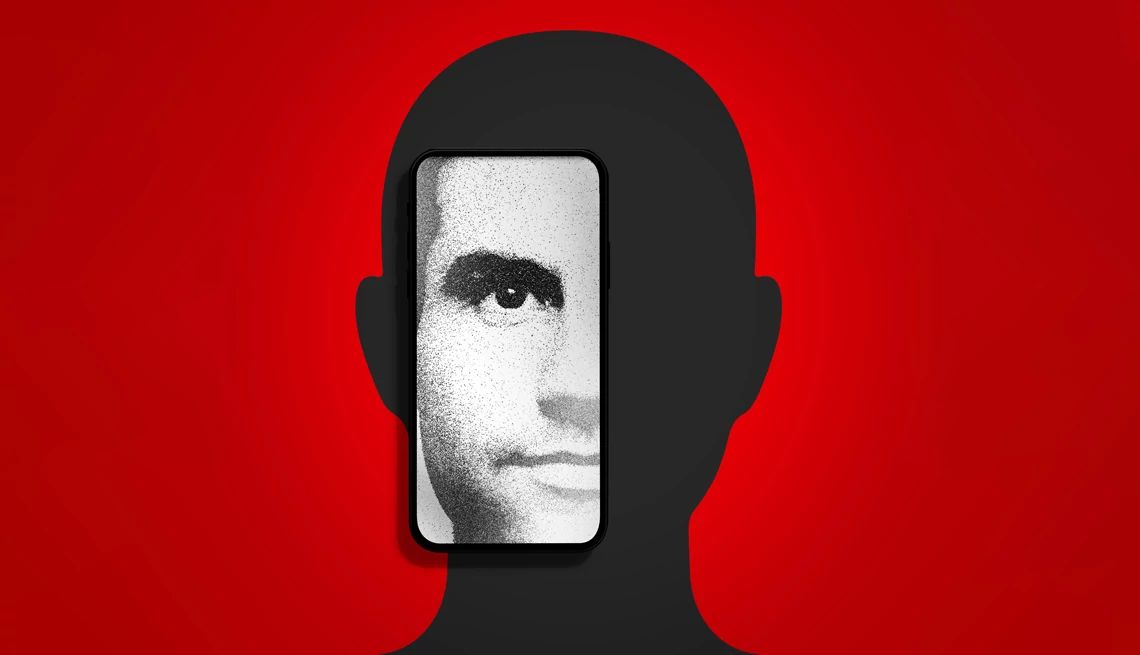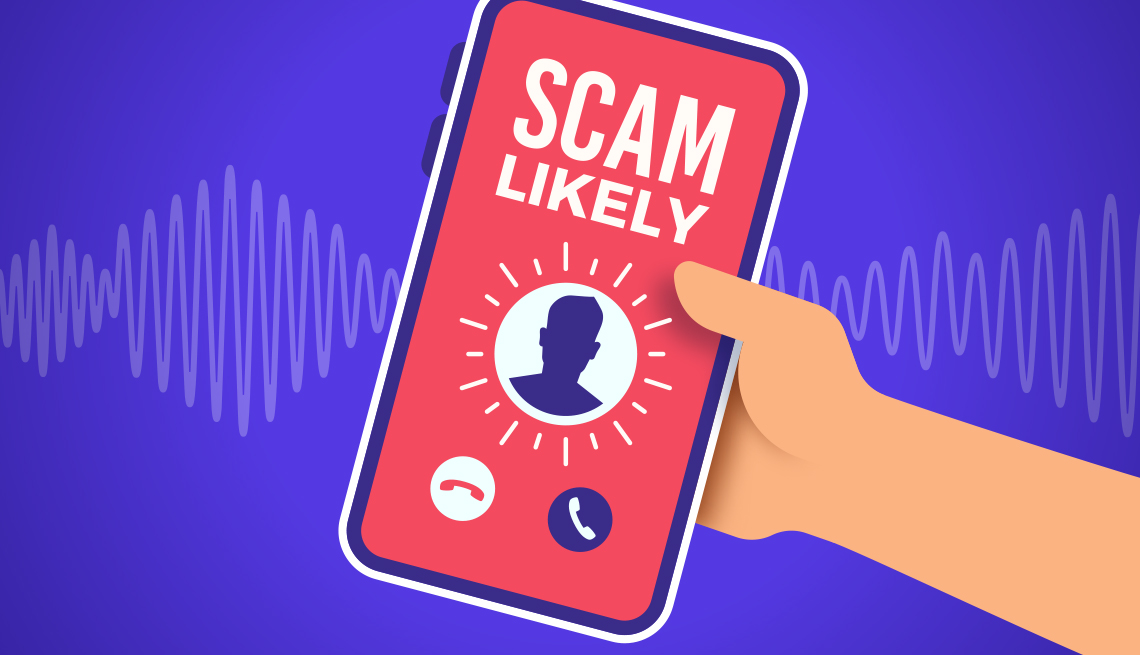2. Question inflammatory T-shirts
Before the previous presidential election, a photo on Twitter showed a group of women in T-shirts that said, “I’m a racist [expletive] 2020.” However, the image was doctored.
The real T-shirts said, “I’m a Trump girl 2020.” T-shirts, like other surfaces with text, are a common target for manipulators.
“Hats, posters, billboards — these can all act as a canvas for false messages,” Volland says.
3. Distrust incendiary celebrity statements
If you see celebrities sharing divisive messages, be suspicious. Stars such as Ben Affleck, Chris Evans, Dwayne “The Rock” Johnson and Sylvester Stallone have all appeared in T-shirts that make contentious political statements. And all of the images are fake.
“When I see a public figure wearing something with a shocking message, I’m immediately a little skeptical,” Volland says. “Ask yourself questions like, ‘Does it make sense for this person to be doing this thing? Is this out of character?’ ”
4. Go to the source
A quick look at Messi’s Instagram page would have shown that he didn’t post the Israeli flag photo. Even a basic Google search can uncover truths.
Search for “Lionel Messi with Israeli flag” and you’ll find stories from USA Today and Reuters debunking the image along with reports from AFP Fact Check, which is a department within Agence France-Presse French news agency, and other fact-checking sites.
5. Look for AI clues
AI technology is improving rapidly. You’ll see fewer hands with six fingers now and weirdly shaped earlobes, but it’s still flawed.
“Most of the photos that are AI-generated have this cinematic sheen, an overly glossy finish,” Volland says. About those unrealistic hands: In 2023, an image of Pope Francis addressing a huge crowd in Lisbon was shared widely on social media, but his left hand had just three fingers.
6. Check the lighting
A manipulated photo, such as cutting and pasting a politician so he’s at a Ku Klux Klan rally instead of a baseball game, can include mistakes. If someone’s hair is blowing, for example, and the person is supposed to be inside, something’s not right.
Odd lighting and shadows are also giveaways. Volland has seen numerous examples “where someone will take a high-profile person, edit them out of the original image, and put them in a new scene where the lighting doesn’t make physical sense.”
7. Gauge your emotions
False images often create anger, whether it’s a shot of Dr. Mehmet Oz kissing former President Trump’s star on the Hollywood Walk of Fame or a man in Warsaw giving President Biden the finger. Trump earned his star for The Apprentice and Biden has been to Poland as president, but neither photo ever happened.
If you feel an intense emotional reaction, that’s a warning sign for misinformation and confirmation bias.
“If something makes you feel angry or superior or frightened, be aware that this is a tactic,” says Claire Wardle, cofounder and codirector of the Information Futures Lab at Brown University. “They’re trying to double down on people’s existing beliefs.”
This story, originally published Jan. 4, 2024, was updated with new developments and a new video.
































.jpg?crop=true&anchor=13,195&q=80&color=ffffffff&u=lywnjt&w=2008&h=1154)



















































More From AARP
10 Tips to Help You Use Google, Other Search Engines More Efficiently
Quick tips and tricks to narrow down your searchesSpecialized Searches on Google Go Beyond Google.com
You may get better results with search giant’s subsections
AI Fuels New, Frighteningly Effective Scams
The technology can help criminals impersonate celebs, law enforcement — or even you
Recommended for You